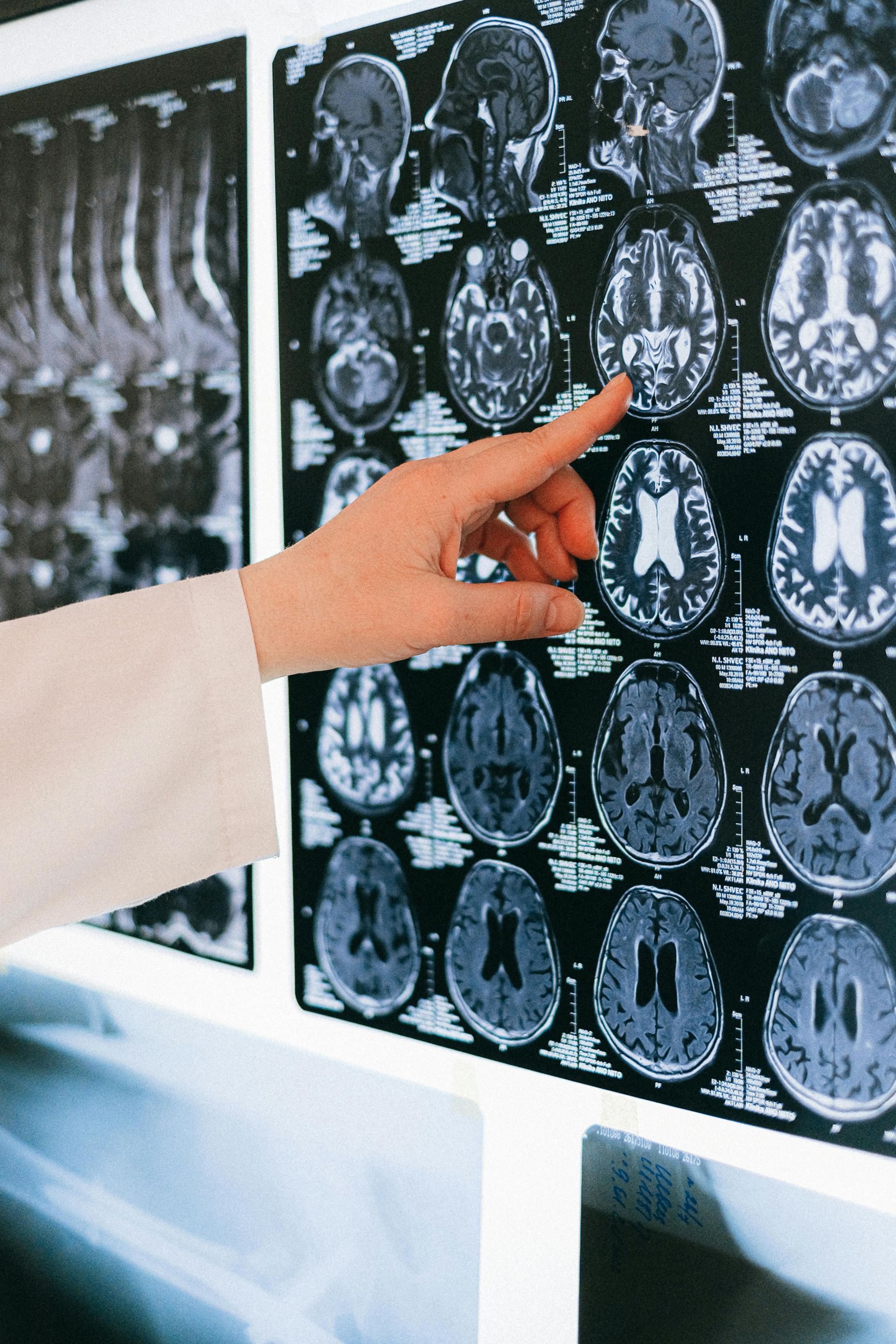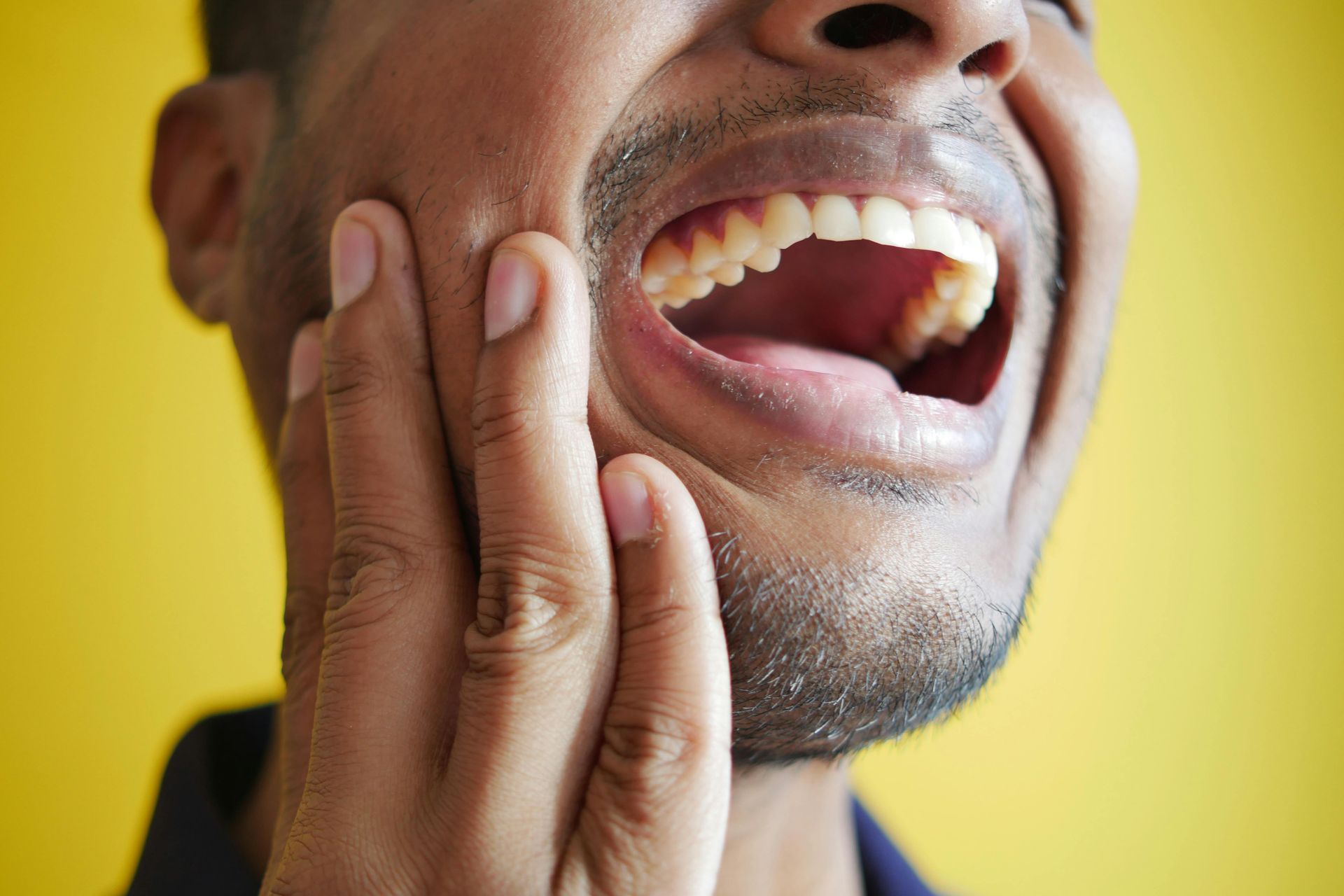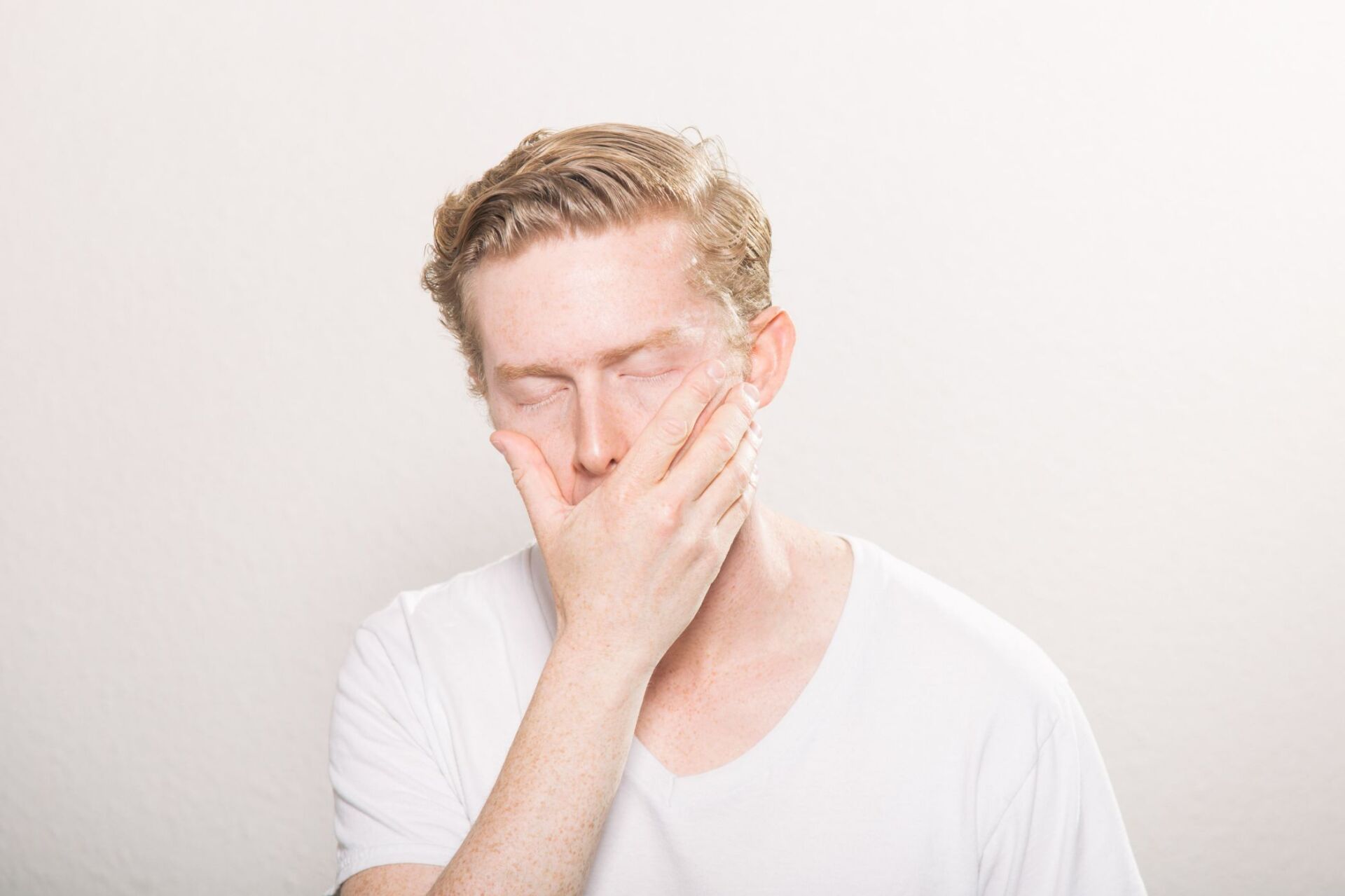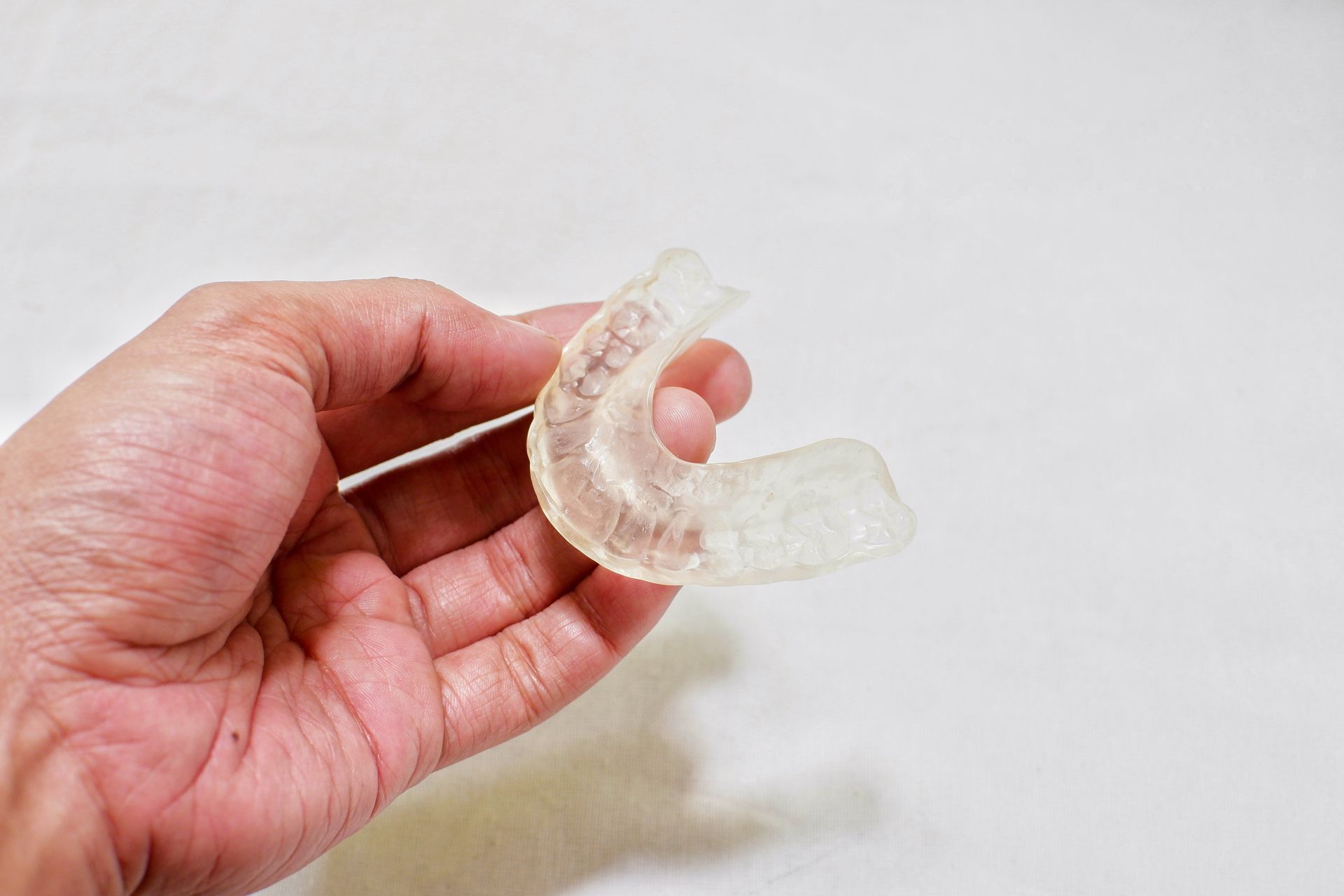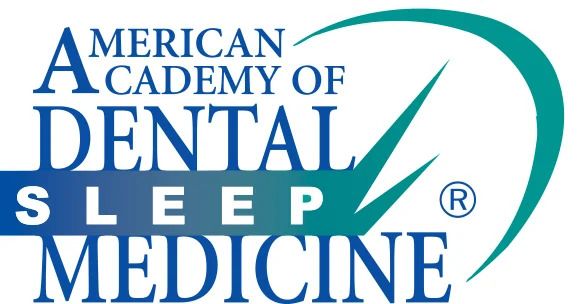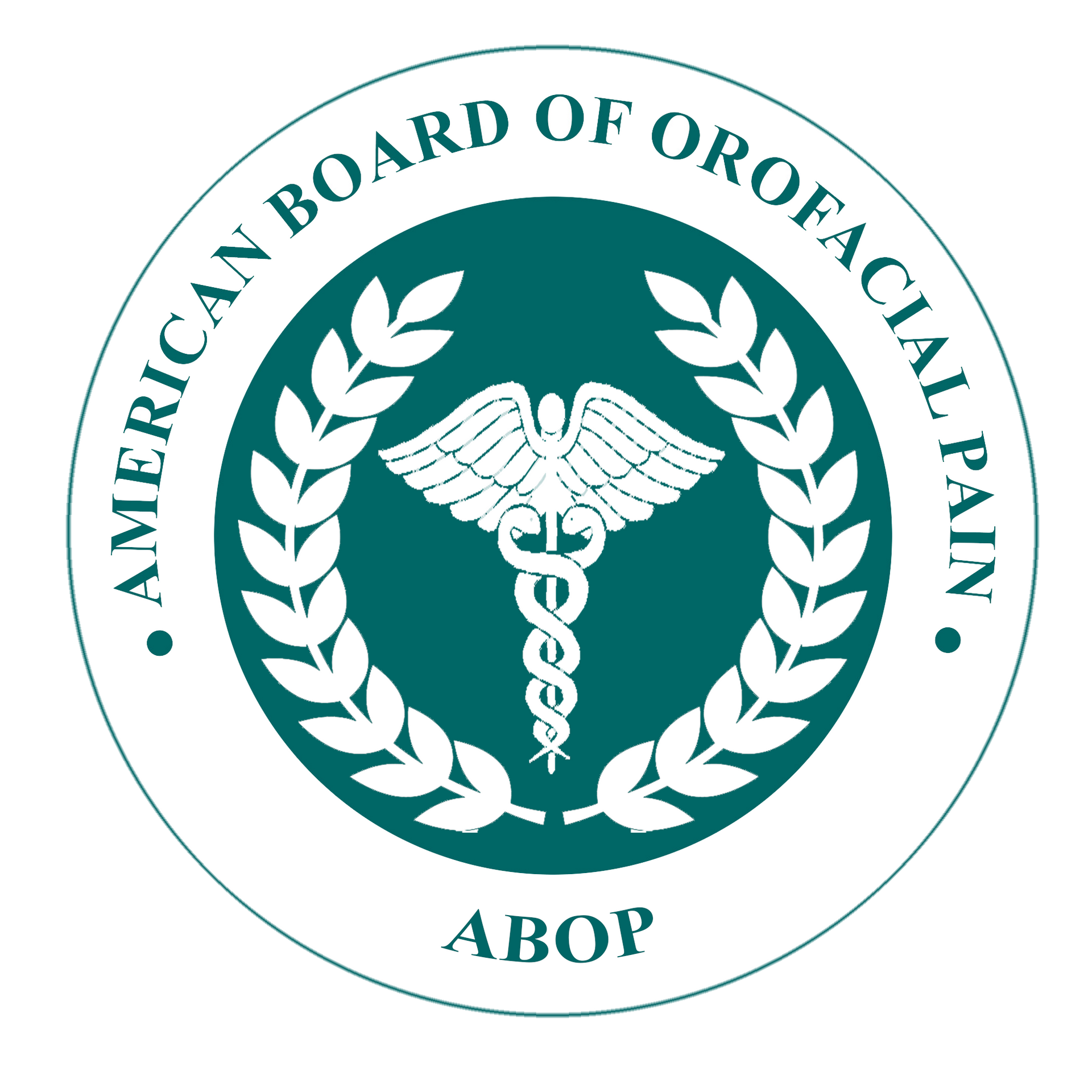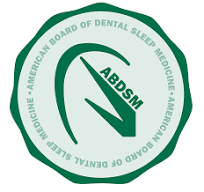Why Does My Jaw Hurt on One Side?

Updated on May 19, 2025
Your jaws–and the temporomandibular joints on each side in particular–are complex structures that require the proper function of bones, ligaments, nerves, muscles, and cartilage to facilitate intricate movements like speaking, chewing, yawning, and more. When something is wrong with any of these components, or if they are not working together like they should, it can lead to pain or soreness in the jaw. However, jaw pain–especially on only one side–can also develop as the result of dental problems, infections in the sinuses or jawbone, or trigeminal neuralgia. One-sided jaw pain can also be a symptom of a heart attack, especially in women.
Successfully treating jaw pain on one side requires an accurate diagnosis from an expert, as well as a comprehensive approach that addresses both the symptoms and the root cause of your jaw soreness. For more than 15 years,
Dr. Katherine S. Phillips and Dr. YC Joseph FischerHaham of Restore TMJ & Sleep Therapy in The Woodlands have dedicated their practice to providing the best possible solutions for managing and relieving jaw pain. Specializing in orofacial pain, sleep apnea, and disorders of the TMJ,
Dr. Phillips,
Dr. FischerHaham, and the team at Restore TMJ & Sleep Therapy continue to remain at the forefront of innovative therapies and treatment modalities and have helped thousands of patients discover a healthier life free from jaw pain and discomfort.
10 Potential Causes of Jaw Pain or Soreness on One Side
- Temporomandibular Joint Disorders (TMD). TMD is a broad term for a range of conditions that impact the health and function of the TMJ. There are actually two TMJs–one on each side–and if one or both become damaged, misaligned, or inflamed, the jaw is prevented from moving properly and evenly, leading to pain, soreness, stiffness, strain, or spasms in the muscles of the jaw. If the TMD is uneven–affecting the TMJ on only one side–it can lead to strain on that side, or it can cause you to overcompensate with the opposite side, consequently overusing and overstraining it. Disc displacement or dislocation, nerve compression, joint inflammation, and muscle imbalances are all side effects of a TMD that can contribute to uneven use and pain on only one side of the jaw.
- Teeth grinding (Bruxism). Teeth grinding or clenching can produce pain in one side of the jaw by placing excessive stress and pressure on the TMJ and by putting the jaw muscles under constant strain and tension. Bruxism can also cause the TMJ to dislocate on one side, causing more localized soreness and discomfort.
- Dental or oral health concerns. Cavities, infections, gum disease, dental abscesses, and impacted wisdom teeth can all cause pain in one side of the jaw. Tooth decay, inflammation, and infection from these conditions irritate the sensitive nerves in the teeth and oral tissues, producing pain that can spread to the jaw on that same side and may or may not be accompanied by swelling or throbbing.
- Sinus infections. Sinus infections (or sinusitis) cause the sinuses and nasal passages to become irritated and inflamed. This can produce pressure and soreness in the surrounding areas that can radiate to the upper jaw, lower jaw, teeth, or other parts of the face. If the infection is only in one of the sinuses, the pain and discomfort may be localized to just that side of the jaw.
- Headaches. Headaches can cause referred pain in the jaw because of shared nerve pathways, and specifically the trigeminal nerve. During a headache, the trigeminal nerve may transmit pain signals to the brain that are misinterpreted as having come from the jaw. This could make your jaw feel sore, even if the actual cause of your pain is originating in your head. Tension headaches can also trigger nerve irritation and muscle strain in the jaw, causing pain that your brain may perceive as referred jaw soreness, while cluster headaches–headaches that happen around the eyes or temple in patterns or frequently in a short amount of time–cause significant pain on one side of the head that can radiate to the jaw on that side.
- Osteomyelitis. Osteomyelitis is a bone infection that can develop after trauma, surgery, or reduced blood flow. It can occur in the jaw bone or other facial bones, producing pain at the site of infection, but it can also spread elsewhere in the body.
- TMJ arthralgia. Arthralgia refers to pain, soreness, or stiffness in a joint, and often develops as the result of arthritis or inflammation. However, TMJ arthralgia can also develop from overuse or repetitive movements of the jaw, such as clenching or grinding, or from a displaced or dislocated TMJ disc. TMJ arthralgia can affect both TMJ joints, or only one, causing jaw pain only on that side.
- Trigeminal neuralgia (TN). TN is a chronic condition that affects the trigeminal nerve, one of 12 cranial nerves that connect the jaw to the brain. The trigeminal nerve is responsible for sensation in the mouth and face, and a disruption, irritation, or compression of this nerve can cause intense pain in the head and face, and typically only on one side. Depending on the type of TN (type 1 or 2), you may experience severe flashes of pain on one side of the face–often triggered by a light touch–or a less severe but more constant aching, burning, or stabbing pain.
- Temporal arteritis (giant cell arteritis). An inflamed temporal artery can produce pain in the temple and jaw on the same side. Temporal arteritis is a serious condition in which the body’s immune system begins to attack the arteries, particularly the arteries in the head and temple. This narrows and swells the arteries and restricts the blood flow to the jaw muscles responsible for chewing, causing jaw claudication (pain, soreness, stiffness, and fatigue). If left untreated, temporal arteritis can lead to serious complications like blindness. You should seek medical care immediately if your single-sided jaw soreness is accompanied by other symptoms of temporal arteritis, such as frequent and/or severe headaches, pain or tenderness at your temples, jaw pain when eating or talking, or vision problems, including double vision or the loss of vision in one or both eyes.
- Heart attack. Unlike men, who tend to experience severe chest pain at the onset of a heart attack,
women are more likely to experience subtle signs, such as back pain, neck pain, or jaw pain, especially on one side. Jaw pain from a heart attack is the result of reduced blood flow to the heart muscle, with the chest pain radiating up into the jaw. If your jaw pain is persistent, worsening, or accompanied by other potential symptoms of a heart attack–including shortness of breath, sweating, nausea, or indigestion–you should seek immediate medical care.
When to Seek Immediate Help for Your Single-Sided Jaw Pain or Soreness
In most cases, home remedies like rest, hot or cold compresses, and over-the-counter pain medication are enough to temporarily relieve one-sided jaw pain until you can see a specialist.
However, you should seek immediate help for jaw pain on one side if…
- You suspect a problem with your heart.
- You are experiencing other symptoms like fever, numbness, or swelling.
- You are having trouble opening your mouth and/or jaw.
- Your jaw pain is persistent and/or severe.
- Your jaw pain spreads from your chest to your jaw.
- You think you may have broken or dislocated your jaw.
- You are also experiencing severe headaches or vision loss.
Diagnosing and Treating Jaw Pain and Soreness on One Side
Jaw pain is often connected with problems that may seem unrelated, such as ear infections, muscle strain, dental problems, sinus issues, nerve-related pain, and more, making it difficult to pinpoint its origination. Successfully and effectively treating jaw soreness on one side requires first a precise and accurate diagnosis to ensure you are treating the underlying condition and not just the symptoms. Without properly identifying the root cause of your single-sided jaw pain, your treatment may not be as effective as it could be, and the problems causing your jaw pain may actually worsen.
TMJ specialists like Dr. Philips and Dr. FischerHahm are experts in the myriad causes and indications of jaw pain on one side. By relying on extensive medical experience and advanced diagnostic tools, as well as expertise in areas like orofacial pain, TMD, bruxism, and sleep apnea, they can help determine the source of your pain and develop a comprehensive treatment strategy to correct the underlying problem and relieve your symptoms.
Jaw soreness on one side rarely occurs in isolation, and accompanying symptoms or comorbidities can be both contributing factors and side effects to the pain. A complete and comprehensive treatment approach to addressing jaw pain focuses not only on relieving jaw soreness and stiffness, but also on:
- Improving jaw alignment and function
- Enhancing overall health and well-being
- Treating related problems such as bruxism and sleep apnea
To accomplish this, the treatment for your single-sided jaw pain should encompass a variety of proven modalities, integrating therapies like:
- Splint therapy (with oral appliances)
- Laser therapy
- Trigger point injections or dry needling
- Therapeutic Botox
- Myofascial Release and Low-Level Pressure (LPL) therapy
- Massage and physical therapy
- Lifestyle management, including stress relief and behavioral therapy
- Muscle relaxers
If Dr. Phillips and Dr. FischerHahm suspect your single-sided jaw soreness is being caused by something outside their area of expertise–such as a dental, sinus, or neurological problem–they can also refer you to a variety of trusted specialists as part of your treatment plan to establish the right course of care, then assist in the direction and supervision of your therapy.
Regardless of what is causing your jaw to be sore on only one side, early consultation with an expert like the TMJ specialists at Restore TMJ & Sleep Therapy can help prevent your condition from worsening, find relief for your pain, and support better long-term outcomes for your health.
Find the Solution to a Sore Jaw with Restore TMJ & Sleep Therapy
If your jaw is sore or hurts on only one side, or both sides, working with the TMJ specialists at Restore TMJ & Sleep Therapy gives you access to a customized and comprehensive treatment plan designed around your unique needs. Through a thorough evaluation of your symptoms, jaw function, and overall health, Dr. Phillips or Dr. FischerHahm can help determine the most effective path forward to finding you lasting relief, from bite orthotics, splint therapy, trigger point injections, and therapeutic Botox to a combination of approaches or even collaboration with a medical professional in another specialty.
You don’t have to live with jaw pain or soreness.
Schedule a consultation today with Restore TMJ & Sleep Therapy to find out how we can help.
-2700x842-1920w.png)






